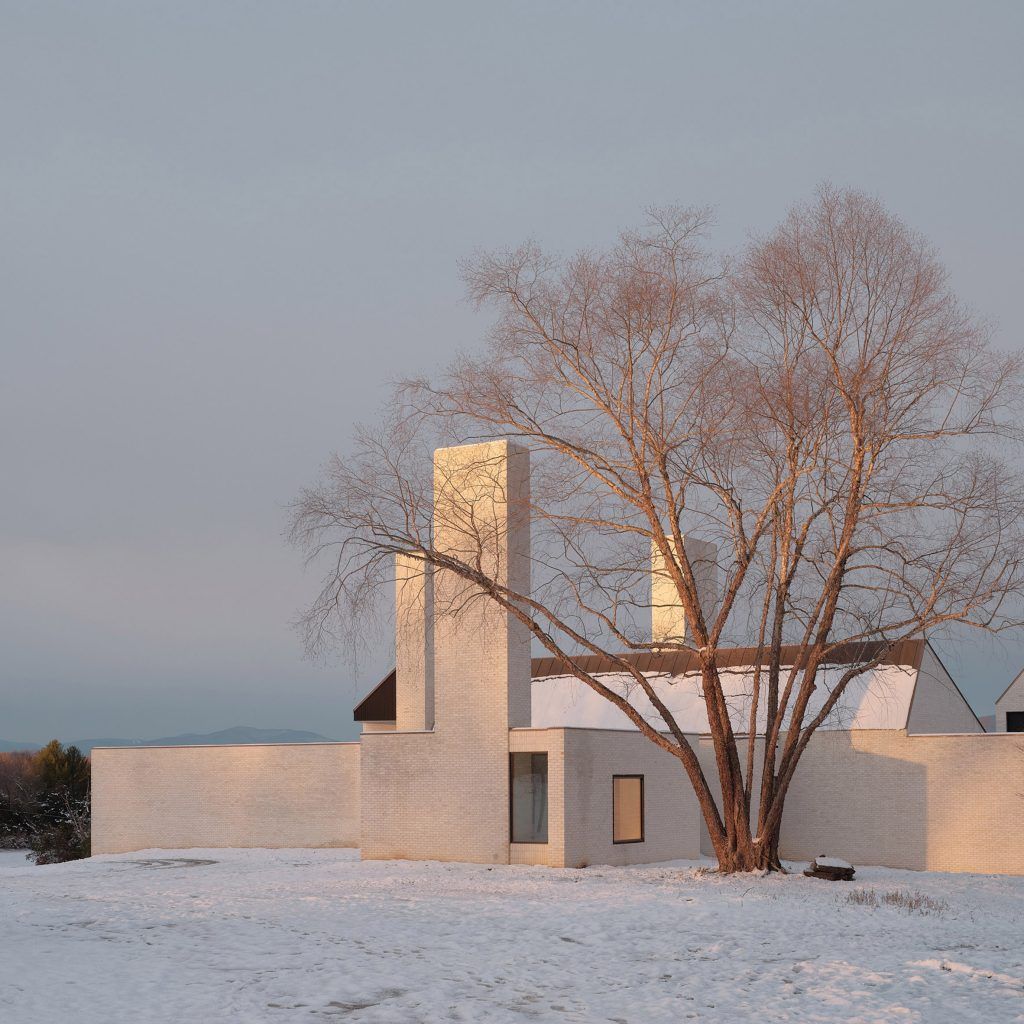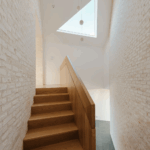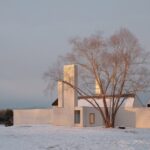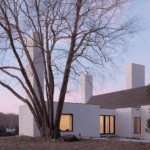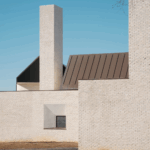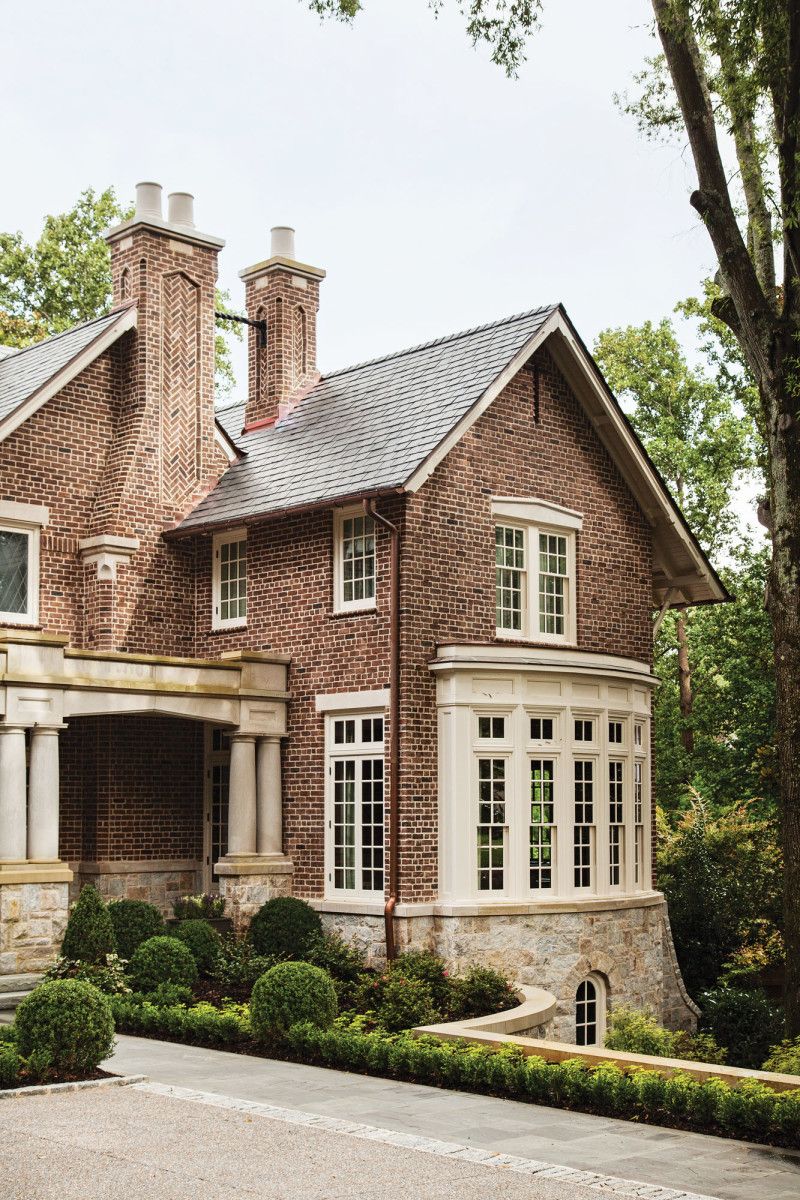
Chimneys are vertical structures that are typically found on the roofs of buildings, such as houses, industrial facilities, or commercial establishments, and are used to vent smoke, gases, and other byproducts of combustion from furnaces, fireplaces, stoves, or boilers. The primary function of a chimney is to provide a safe and effective way to channel these gases and smoke out of a building and into the atmosphere. Chimneys are typically made of brick, stone, concrete, metal, or ceramic materials, and can vary in size and design depending on the type of fuel being burned and the size of the structure they serve. Chimneys may also include components such as flues, caps, dampers, and liners to help regulate airflow and improve draft. Properly maintained and functional chimneys are essential for preventing the buildup of dangerous gases like carbon monoxide, reducing the risk of chimney fires, and ensuring the efficient operation of heating appliances.
Chimneys are vertical structures typically found on the roof of a building, used to expel smoke and gases from a fireplace or furnace. They serve as a ventilation system to ensure that harmful fumes do not accumulate indoors and pose a risk to inhabitants. Chimneys are commonly made of brick or metal, with a flue that guides the smoke upwards and out of the building. In addition to their practical function, chimneys also add aesthetic value to a structure, providing a traditional and charming feature that can enhance the overall look of a building.
The design of a chimney is crucial to its effectiveness in safely removing smoke and gases from a fireplace or furnace. Proper dimensions, materials, and construction techniques are all important factors to consider when installing a chimney. It is essential that chimneys are regularly inspected and maintained to prevent the buildup of creosote, a highly flammable substance that can lead to chimney fires. In addition, animals and debris can also obstruct the flue, posing a risk of smoke backing up into the building.
While chimneys are most commonly associated with fireplaces in residential homes, they are also used in industrial settings such as power plants and factories to vent out harmful emissions. In these applications, chimneys are typically larger and more complex in design to accommodate the volume of gases being expelled. Modern chimney designs may also incorporate features such as catalytic converters or scrubbers to reduce air pollution and minimize environmental impact. Overall, chimneys play a vital role in ensuring the safety and comfort of occupants in a building, as well as in reducing the impact of harmful emissions on the environment.
 Decor ideas Style Starts Here
Decor ideas Style Starts Here
